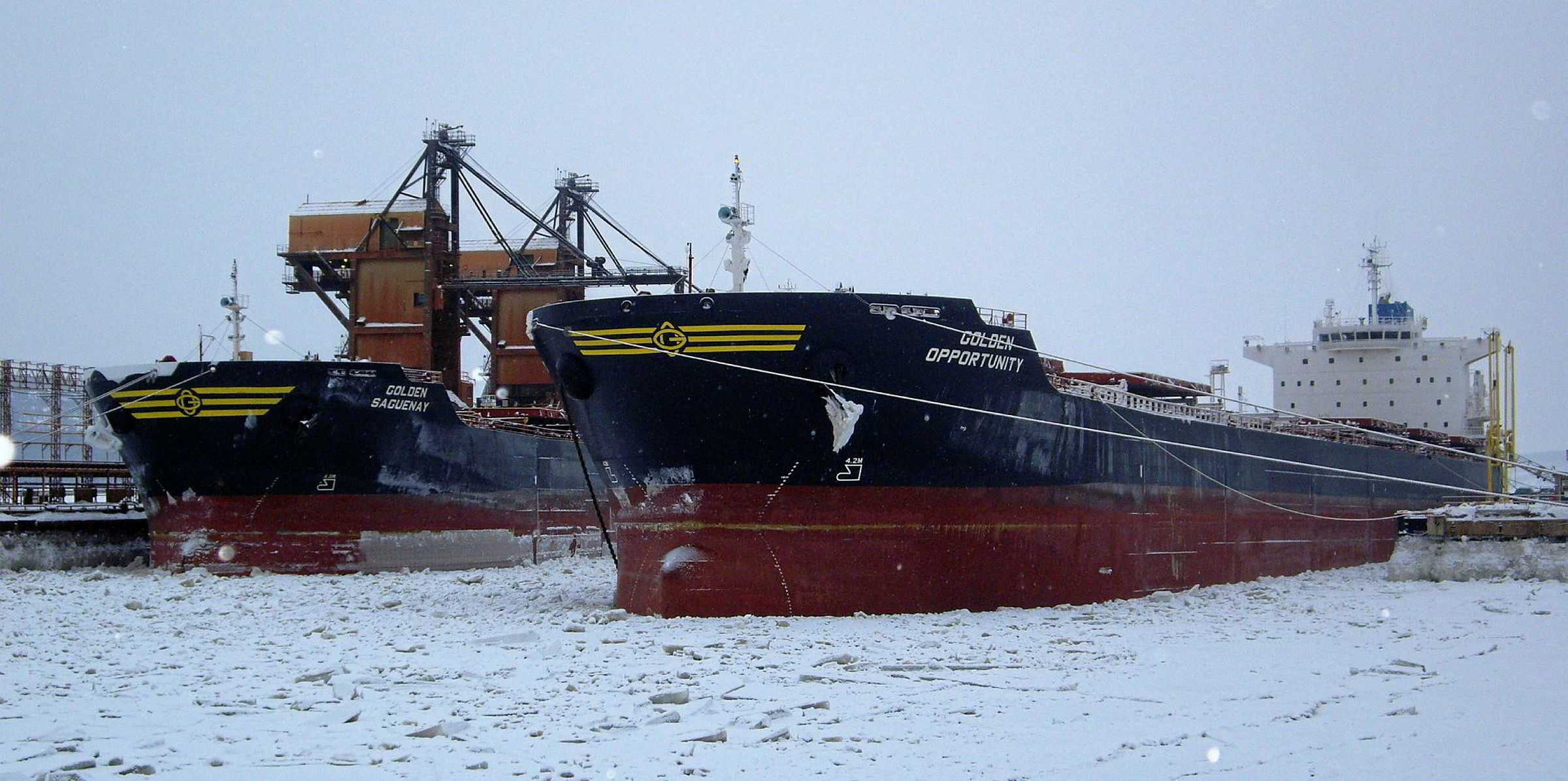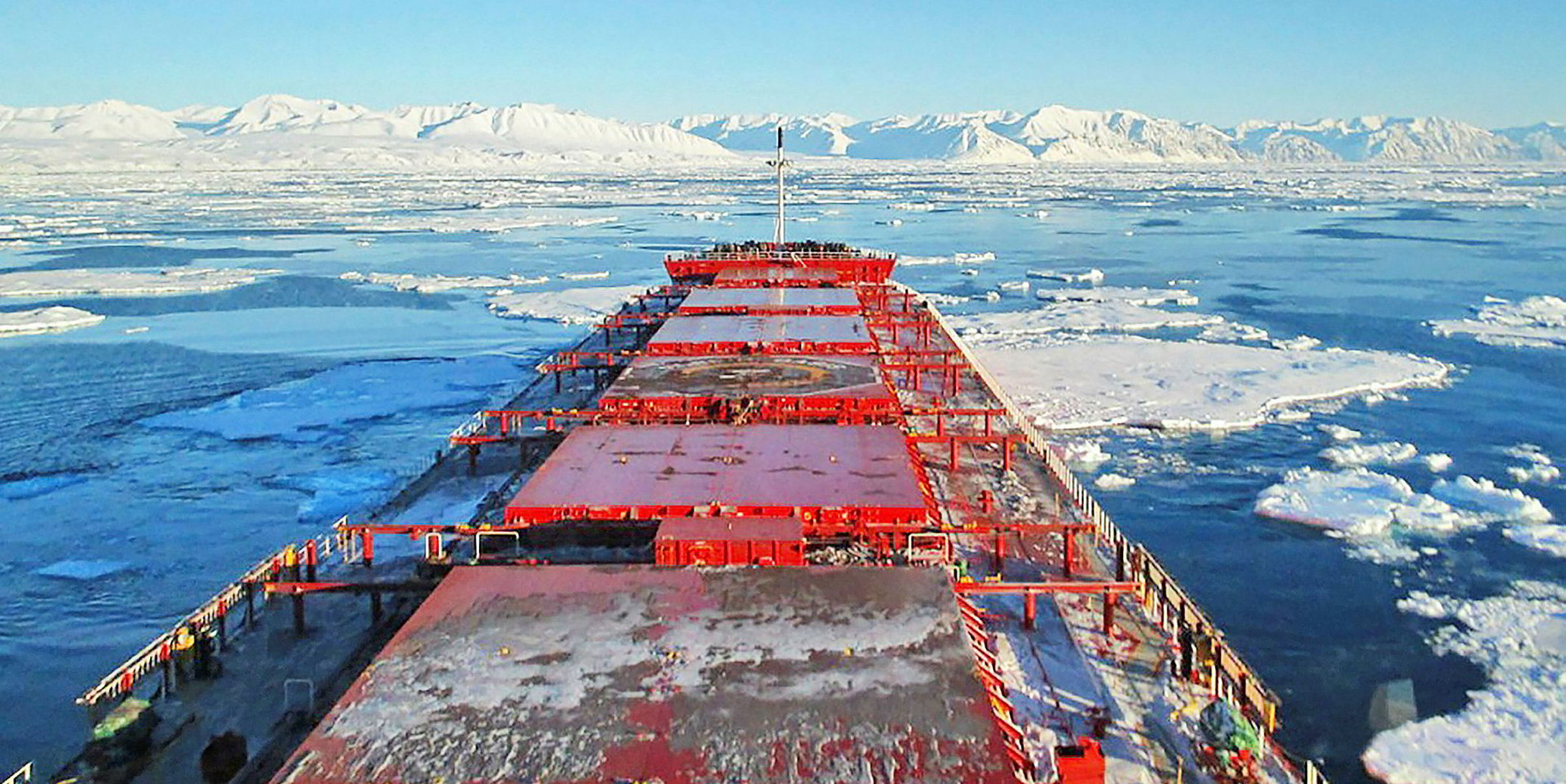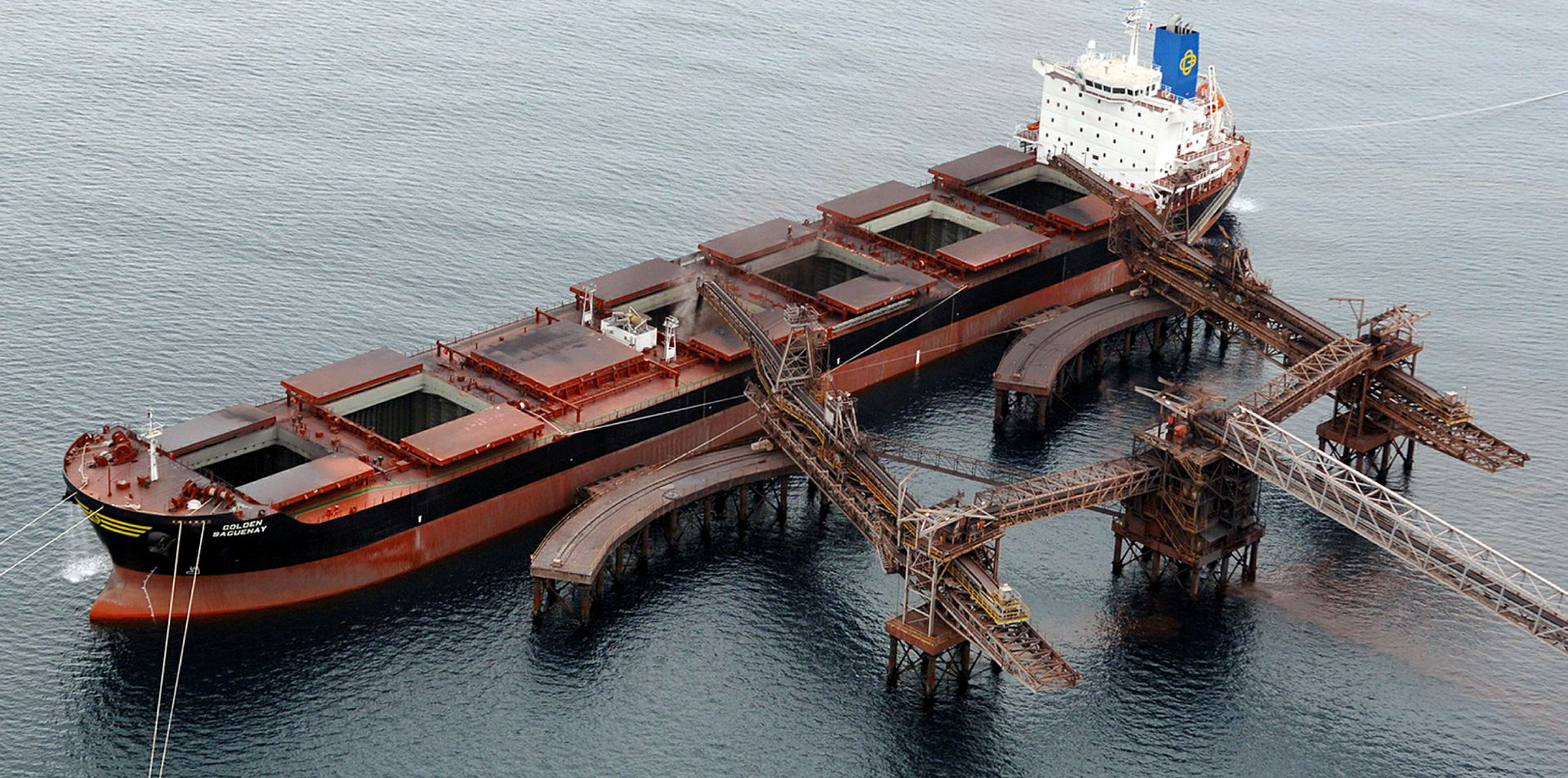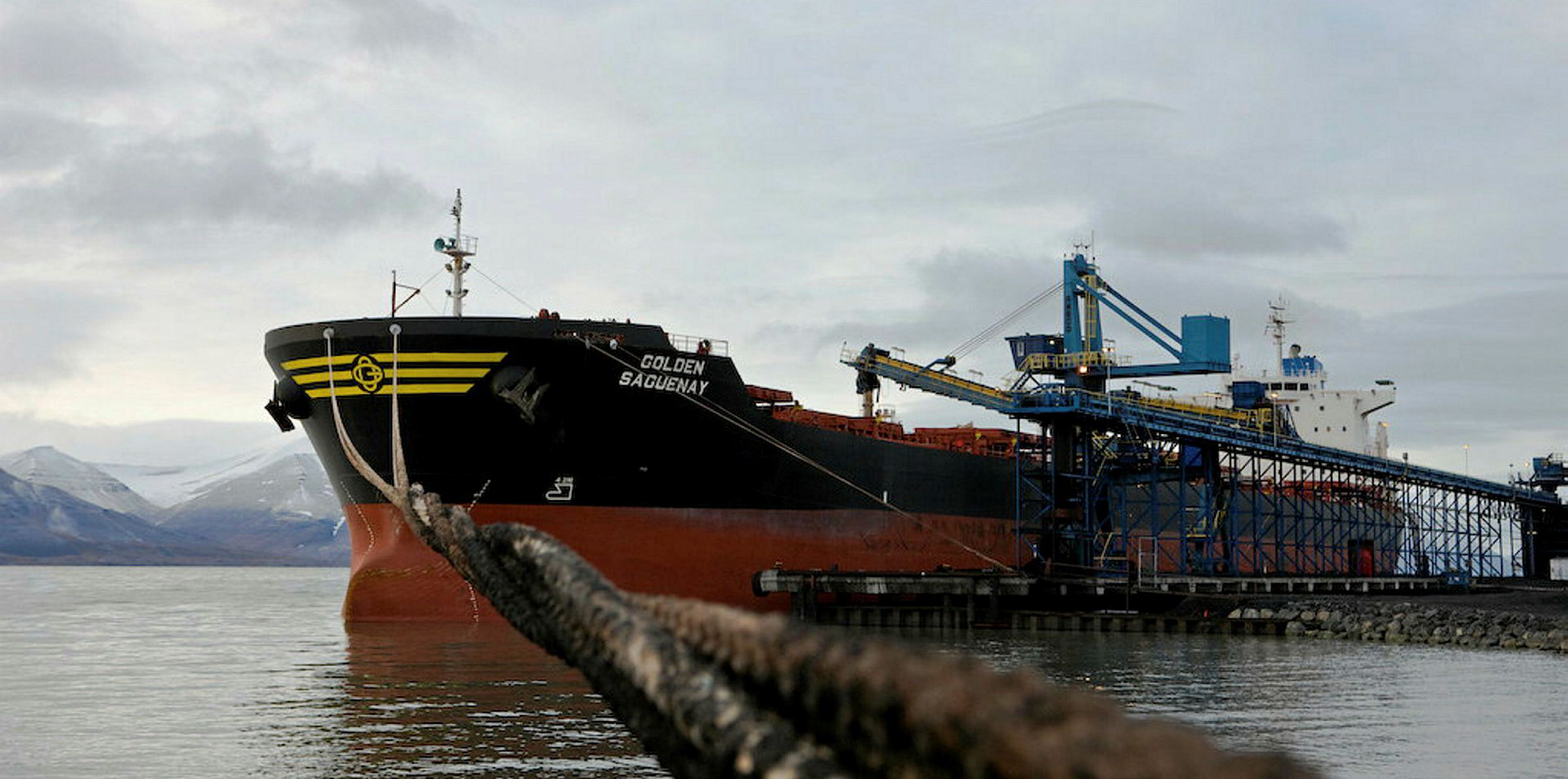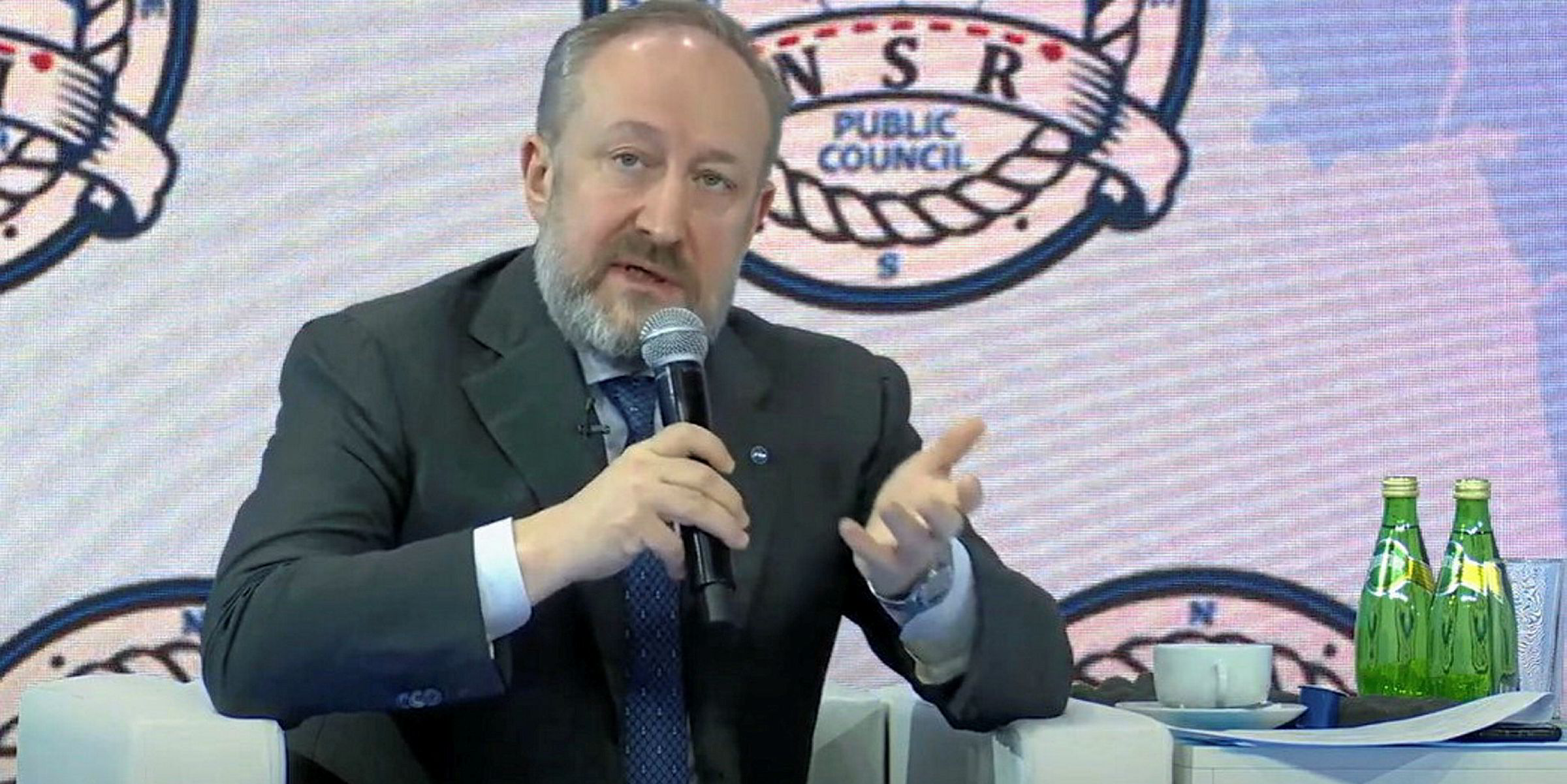Arctic dry bulk players are gearing up for greater activity on Russia's Northern Sea Route (NSR) as warming climates extend the shipping season.
Panamax and larger vessels' transits of the route will more than double last years figures, although the totals remain small.
Last year saw only three panamax and post-panamax bulker transits of the NSR. However, this year, Oslo-based Golden Ocean Group alone has sent three of its ice-class panamaxes on their way since the beginning of this month.
Germany's Oldendorff Carriers and US-controlled Nordic Bulk Carriers also expect to be joining in before the season is over.
Commercial focus
But the companies are approaching the trade from different angles, depending on their commercial focus and the ice-class tonnage they operate.
Not only has the navigational season on the NSR started early, but shipowners in the trade expect it to last longer.
Golden Ocean's three current eastbound shipments — part of a long-standing chartering relationship with Russian coal miner and trader Suek — are equal to the total number of transits on the Arctic route by panamax and post-panamax bulkers in the whole 2019 navigation season.
The series of voyages from Murmansk follows the restoration of port activity in the north Russian city since the collapse of a railway bridge cut it off in June.
The 74,800-dwt Golden Suek (built 2011) departed Murmansk on 30 July, according to AIS data. It was followed by the 74,200-dwt sisterships Golden Pearl (built 2013) and 75,500-dwt Golden Strength (built 2009), loading at Murmansk at intervals of about a week.
We expect the volume of business in the Arctic, both in terms of destinations and in terms of transits, to increase in the future
Nordic Bulk managing director Mads Boye Petersen
All three vessels are of Finnish-Swedish ice-class 1C design — the same class used by Oldendorff in the trade.
Golden Ocean expressed reluctance about providing detailed information on its competitive plans in the Arctic.
"We have had ships going through the Northern Sea Route before, but this is quite specialised business," Lasse Sorensen, head of panamax trading at Golden Ocean, said.
An Oldendorff Carriers' official confirmed that the company is in negotiations "in many different directions" for NSR work but was not ready to talk about the trade before TradeWinds went to press.
He described the topic as "really sensitive, both commercially and environmentally".
Nordic Bulk, a subsidiary of Pangaea Logistics Solutions — was keen to emphasise its commercial and operational differences from its competitors.
As a niche industrial carrier, Nordic Bulk does much less spot business than Golden Ocean or Oldendorff. Its fleet of six Finnish-Swedish ice-class 1A ships serves the Baffinland Iron Mines project in the inland sea waters of the Canadian Arctic.
Debut voyage
But its ships sometimes make eastbound NSR transits to deliver Baffinland ore or westbound transits with third-party backhaul cargoes.
"We will do three to four NSR voyages later in the year," Nordic Bulk managing director Mads Boye Petersen told TradeWinds.
His company has 25 transits of the NSR under its belt since taking the first non-Russian bulker through in 2010 and has made one Northwest Passage transit across Canada's Arctic.

Petersen said the higher ice class of his ships gives them about a 30% longer potential NSR operating season than the competition.
"The Arctic still experiences freezing every autumn and, while the season might be longer, high ice-classed vessels are still required in the shoulder seasons," he said.
Warming seas
Warming seas will increase commercial activity on the NSR, but Petersen does not expect them to reduce the need for heavy ice-class tonnage.
"I think it is fair to say that we expect the volume of business in the Arctic, both in terms of destinations and in terms of transits, to increase," he said.
"However, there is significant variation from year to year in summer ice cover and therefore it is imperative for us to have ice-classed vessels available to service our long-term contracts with our industrial partners in the area.
"They depend on Pangaea to provide transportation services every year, not only when the condition might be favourable for lower ice-class vessels."
The NSR and Northwest Passage have looked good on paper for centuries as offering shipowners, strategists and explorers a shorter connection between East and West.
Competitive advantage
But even with warmer waters, there is a trade-off. Heavier ice-class ships consume more fuel and come with higher finance costs, which have to be balanced against the number of days saved on a voyage.
"The savings very much depend on where the cargo carried has been loaded and where it will discharge," Petersen said. "And, again, higher ice-class ships have an advantage in the NSR as these vessels receive more competitive terms from the icebreakers and can operate for a longer time without any ice-breaking assistance at all."
Petersen envisages environmental savings as well.
"The cargoes are delivered with a significantly reduced environmental impact compared to the longer routes through Suez or via [the] Cape of Good Hope," he said.
